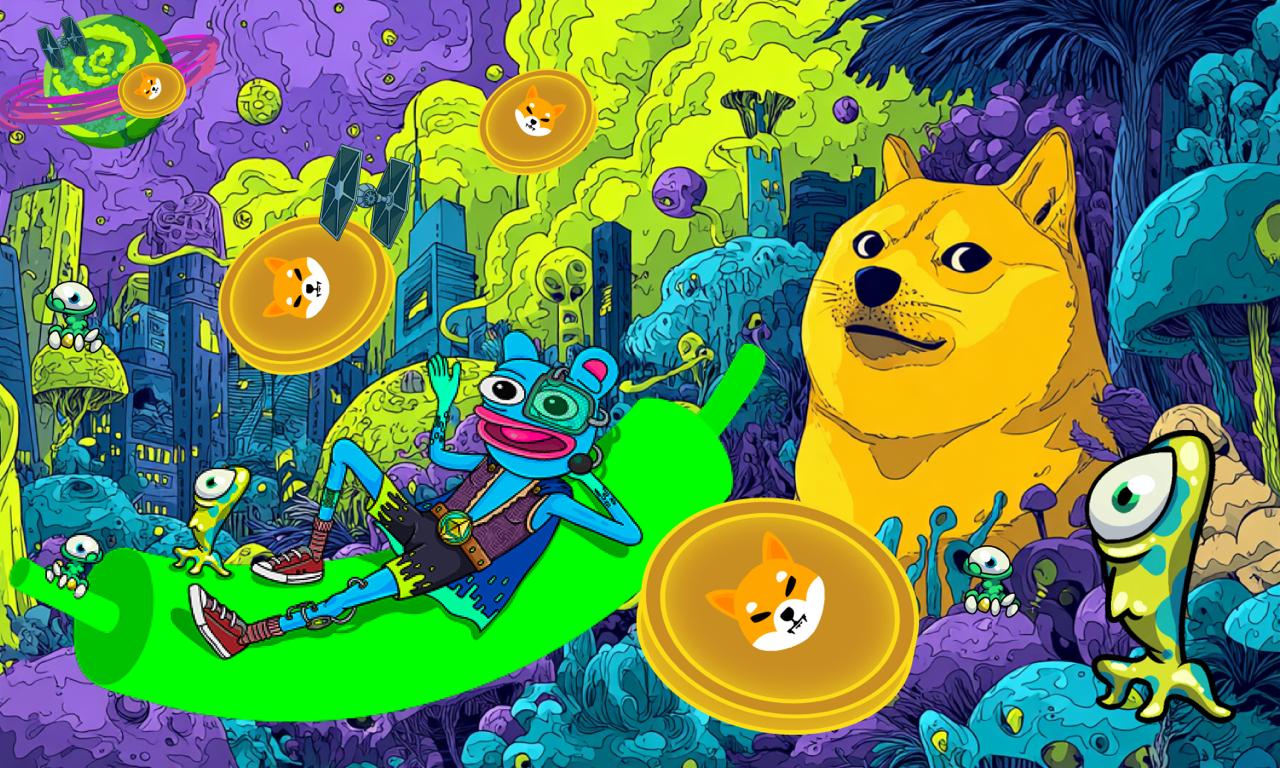Crypto Tokens Linked to Charlie Kirk Soar Over 50,000% After Shooting
TLDR
- OL RIPCharlieKirk token surged 53,000% after the activist’s shooting, but quickly crashed amid speculative trading.
- Charlie Kirk’s tragic death sparked a wave of meme crypto tokens, but they face volatility and sharp declines after initial hype.
- Dozens of copycat Charlie Kirk tokens flooded the market, leading to extreme price swings and investor risk.
- Political-themed meme coins have a history of short-lived surges, with speculative trading driving price action and risk.
The shooting death of U.S. conservative activist Charlie Kirk has sparked a wave of speculative trading in the cryptocurrency market, particularly in meme-style tokens bearing his name. Within hours of the tragic incident, tokens such as RIPCharlieKirk flooded the market, sending prices of these newly launched cryptocurrencies skyrocketing.
Massive Price Surge and Immediate Collapse
On September 10, the RIPCharlieKirk token, launched on the Solana-based platform pump.fun, saw its price surge by over 53,000%. The token’s market cap swelled from under $22,000 to more than $5 million in just 45 minutes.
The sudden rise in price triggered a frenzy of speculative trading, with early buyers taking profits as the market reacted to the news.
Another token named JusticeforCharlie also saw impressive gains, climbing more than 32,000% and hitting a $7 million market cap within hours. The rapid increase in trading volumes and volatility led to a flurry of copycat tokens flooding the market, many of which experienced similar drastic price movements in their first hours of trading.
Speculation Drives Volatility in the Meme Coin Market
The surge in Charlie Kirk-related tokens is part of a broader trend in the cryptocurrency space, where politically themed meme coins often see explosive price movements following news events or controversial headlines.
In this case, the tragedy of Charlie Kirk’s shooting served as the catalyst for the launch of several tokens, but these tokens quickly lost momentum as speculative trading took over.
These meme coins have been popular for their brief periods of hype, with traders flocking to the tokens in the hopes of profiting from the initial surge before the inevitable pullback. As with most meme tokens, there is little transparency, no clear development teams, and no roadmap beyond short-term speculation.
Role of Speculative Trading in Cryptocurrency Markets
The behavior surrounding Charlie Kirk’s crypto tokens follows a familiar pattern in the market, where headlines and breaking news events trigger a rush of speculative buying.
Investors looking to capitalize on the hype often see short-term gains, but the lack of long-term viability typically leads to sharp declines in token prices.
Meme coins, especially those tied to political figures or events, often see a rapid rise in prices driven by social media buzz. However, these tokens rarely maintain their value beyond the initial hype cycle, as demonstrated by the quick reversals in the prices of RIPCharlieKirk and other similar tokens.
Risks of Political Meme Coins in Crypto Markets
As the market for politically themed meme coins continues to grow, experts warn investors about the risks associated with these speculative assets. Without any substantial use case, governance, or backing, these tokens remain highly volatile and prone to sudden crashes once the initial excitement subsides.
The case of Charlie Kirk-related tokens highlights the broader issue of regulation and investor protection in the cryptocurrency market. These tokens, which were launched in response to a single event, emphasize the lack of oversight in the market, where new tokens can appear within hours of breaking news, often with no real utility or transparency.
As the crypto industry faces increasing scrutiny from regulators, such tokens will likely continue to raise questions about the role of decentralized finance and the lack of regulatory control in ensuring investor safety.
The post Crypto Tokens Linked to Charlie Kirk Soar Over 50,000% After Shooting appeared first on CoinCentral.
You May Also Like

The “100% Win Rate Whale” has completely closed its BTC long position, making a profit of $1.4 million

‘Code Is Law’ documentary nails the drama of DeFi hacks — despite what it leaves out
